Percent & Decimal & Fraction
Percentage (from Latin per centum "by a hundred") is a number or ratio expressed as a fraction of 100. A fraction is a real number written as a quotient, or ratio, of two…
The definition of percent in math
Percent or percentage (from Latin per centum "by a hundred") is a number or ratio expressed as a fraction of 100. A percent is a representation of a number as a part of one hundred. For example, 45% represents 45 out of 100, or 45% of the total amount. The word "percent" can be written "per cent" which means "per 100" or "/100".
We use the symbol (%) to denote a percentage:

How to find the percent of a number?
To find the percent of a number, first you need to determine the total amount, then divide this number with the total amount, finally, multiply the result by 100.
For example, there are 20 girls and 30 boys in the class, what is the percent of the girls?
The solution is to find the total amount of students which is 20 + 30 = 50,
Then divide the number of girls by whole and multiply the result with 100, which gives us 20/50 × 100 = 40%. So, the percent of the girls is 40%.
What is decimal in math?
Decimal is a special form of real-number, which is composed of integer, decimal point, and digit position after the decimal point. In this section, we provide a brief review of the decimal system. A real number in decimal form, a decimal consists of a decimal point, digits (0 through 9) to the left of the decimal point representing the whole number part, and digits to the right of the decimal point representing the fractional part. The digits represent powers of 10 as shown in the set {…, 1,000, 100, 10, 1, 1/10, 1/100, 1/1,000, …} according to the following diagram:

For example, the decimal 538.3 can be written in the following expanded form:

After simplifying, we obtain the mixed number 538 \(\frac{3}{10}\). Use this process to convert decimals to mixed numbers.
The definition of fraction
A fraction is a real number written as a quotient, or ratio, of two integers a and b, where b ≠ 0.

The integer above the fraction bar is called the numerator and the integer below is called the denominator. The numerator is often called the "part" and the denominator is often called the "whole." Equivalent fractions are two equal ratios expressed using different numerators and denominators.
For example,

How to convert percent, decimal and fraction?
Learning how to convert percent, decimal and fraction is the basic knowledge of primary school mathematics. The shortcut way is to use a calculator. But we suggest you learn to calculate manually, because it can make it easier for you to learn more difficult mathematical knowledge later in middle school.
Convert percent to decimal: divide a percent by 100 and remove the percent sign to convert from a percent to a decimal.
Examples:

Convert fraction to percent: use division to convert the fraction to a decimal, 1/4 = 1 ÷ 4 = 0.25, then multiply by 100 to get percent value, 0.25 × 100 = 25%
Convert fraction to decimal: Use long division to convert to a decimal.
Convert decimal to percent: multiply by 100 to convert a number from decimal to percent then add a percent sign %.
Examples:

Convert decimal to fraction: first, rewrite the decimal number number as a fraction (over 1); second, remove the decimal places by multiplication; third, find the Greatest Common Divisor (GCD) of the numerator and denominator and divide both numerator and denominator by the GCD.
Examples: convert 3.145 to a fraction.

The great common divisor of 3145 and 1000 is 5, so

So, the answer is

Convert percent to fraction: to convert a percent to a fraction you first convert the percent to a decimal then use the same procedure as converting a decimal to fraction.

